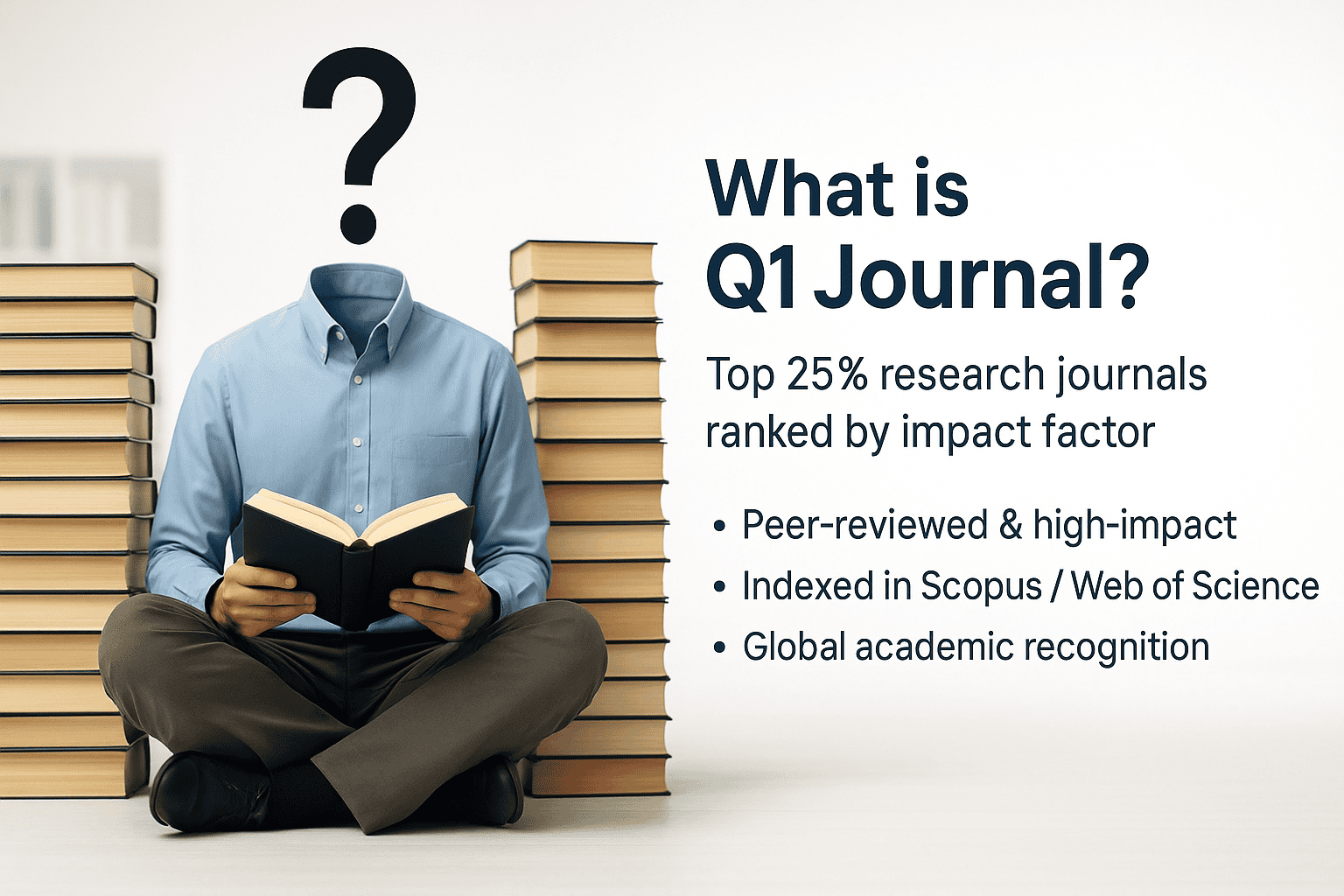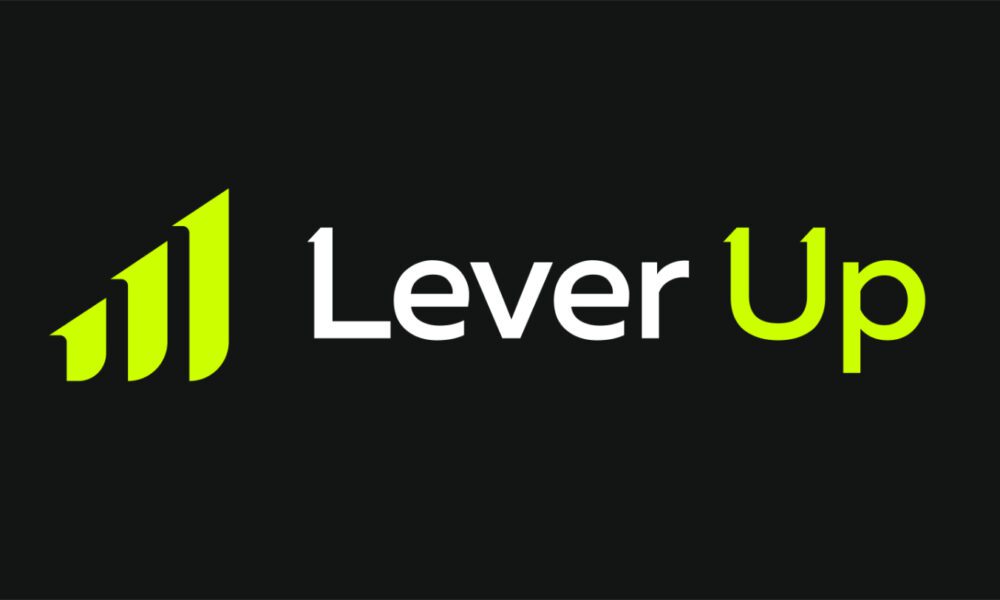In academic research, where recognition often depends on where you publish, journal rankings carry immense value. A well-ranked publication not only strengthens your professional profile but also reflects the credibility of your work.
Researchers and scholars around the world aim to publish in high-impact journals because it signals that their research meets global standards. Among these, Q1 journals stand at the top, representing the most influential and reputable academic outlets.
What Are Q1 Journals?
Journals are often divided into four quartiles — Q1, Q2, Q3, and Q4 — based on their performance within a specific subject area. This classification is derived from databases like Scopus or the Web of Science, which use indicators such as impact factor, citation metrics, and overall visibility.
A Q1 journal belongs to the top 25 percent of journals in a particular field. These are highly cited, rigorously peer-reviewed, and known for publishing groundbreaking research. The quartile ranking reflects both the research quality and the global influence of a journal. When a paper appears in a Q1 journal, it signifies that the work has passed one of the toughest evaluation processes in academic publishing.
How the Q1 Journal List Is Determined
The Q1 journal list is not arbitrary. It is based on several measurable indicators, including citation counts, peer review standards, and editorial quality. Databases like Scopus evaluate journals through their Scopus indexing and metrics such as the CiteScore or Scimago Journal Rank (SJR).
The impact factor also plays a central role. It measures the average number of citations received per article published in the journal. However, impact factor alone does not determine Q1 status. Review policies, acceptance rates, and international reach are also considered. Tools like SJR or the Journal Citation Reports (JCR) can help researchers identify whether a journal falls into the Q1 category.
Why Publishing in a Q1 Journal Matters
Publishing in a Q1 journal can transform a researcher’s academic journey. It enhances global visibility, ensures higher citation potential, and often opens doors to collaborations and funding opportunities.
Reviewing top-tier journals often reveals that their peer review process is exceptionally detailed. Reviewers evaluate not just the findings but also the robustness of the methodology, clarity of argument, and the originality of the contribution.
For PhD scholars or early-career researchers, a Q1 publication can make a lasting impression. It demonstrates an ability to meet international research standards and adds significant weight to academic resumes and grant applications.
How to Find the Right Q1 Journal for Your Paper
Identifying the right journal is a strategic process. The first step is to ensure that the scope of your paper aligns with the journal’s objectives. Databases such as Scopus, Web of Science, and Scimago are excellent starting points. You can filter journals by subject area, SJR score, or impact factor.
It also helps to review a few recently published papers in your chosen journal to understand the preferred writing style and thematic focus. Some journals prioritize theoretical contributions, while others emphasize practical implications.
If you are looking for a curated list or additional guidance, you can explore resources such as this comprehensive guide on q1 journal paper. It provides structured insights into identifying and publishing in reputable Q1 outlets.
Tips to Get Published in a Q1 Journal
Getting accepted by a Q1 journal requires more than good research; it demands precision, clarity, and alignment with the journal’s standards. Here are a few practical suggestions:
- Study the journal’s scope carefully. Submissions that fall outside the journal’s focus are often rejected before review.
- Follow the submission guidelines strictly. Pay attention to formatting, referencing, and citation style.
- Ensure originality and research quality. Avoid repetition of known ideas and focus on adding new perspectives or methods.
- Strengthen your methodology. Reviewers value studies that are methodologically sound and transparent in their design.
- Revise thoroughly after feedback. Many first submissions receive revision requests, not outright rejections. Respond constructively to reviewers’ comments.
For a researcher, patience and persistence are essential. The peer review process in Q1 journals can be time-consuming, but the credibility it adds to your research makes it worthwhile.
Aiming for Excellence in Academic Publishing
Aiming to publish in Q1 journals is more than chasing prestige. It is about contributing to a community that values quality, transparency, and innovation. The process of preparing a Q1 journal paper helps sharpen your research, refine your arguments, and deepen your understanding of academic publishing.
For those seeking more structured direction or curated journal lists, exploring resources like the linked q1 journal paper guide can be an excellent next step. Ultimately, publishing in Q1 journals is not just about recognition. It is about setting higher standards for your research and continuously striving to make a meaningful impact in your field





























